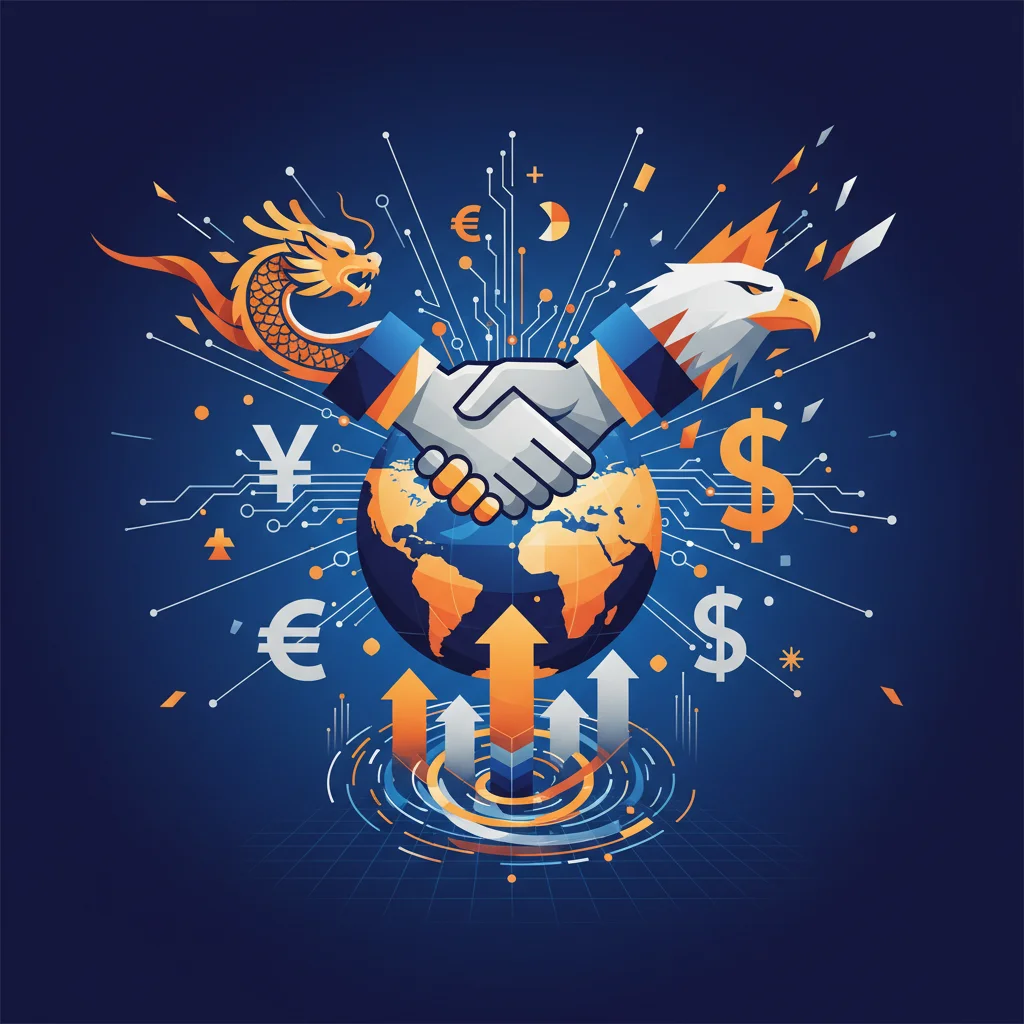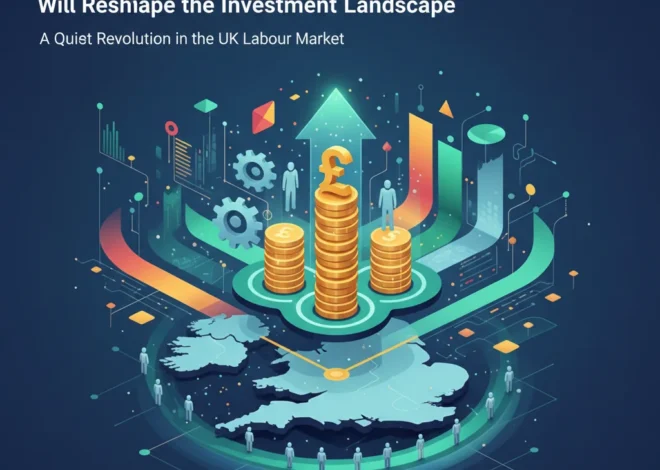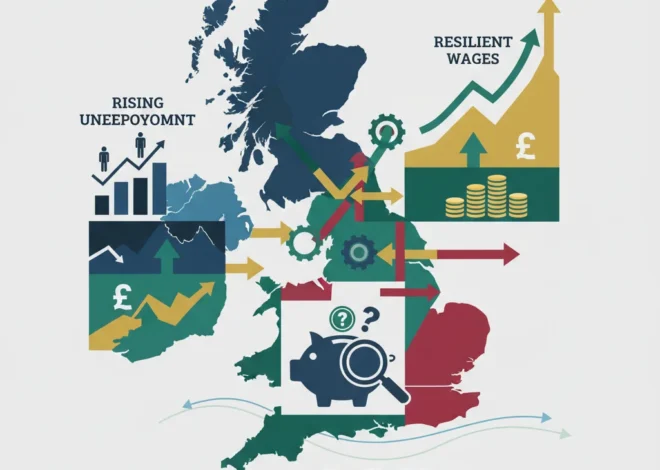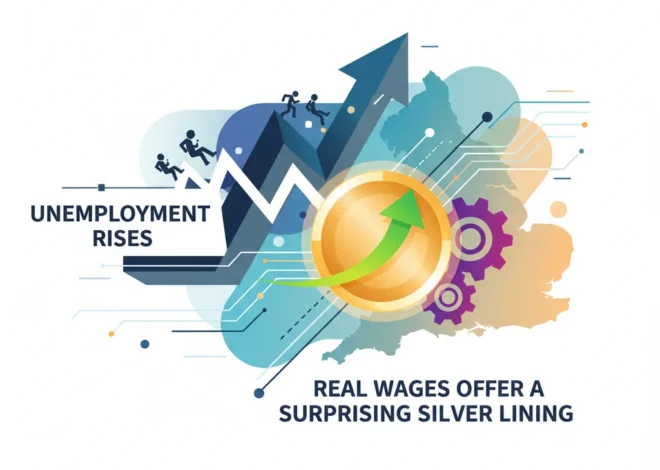
Beyond the Handshake: How the Xi-Trump Summit Redefined Global Power and Finance
In the world of high-stakes international relations, summits are often more about symbolism than substance. The carefully choreographed handshakes and diplomatic language can mask the complex undercurrents of power and negotiation. However, the historic meeting between Chinese President Xi Jinping and U.S. President Donald Trump was different. It wasn’t just another G20 sideline conversation; it was a pivotal moment that signaled a fundamental and permanent shift in the global order. The key takeaway, as highlighted by a revealing Financial Times analysis, is this: China has officially emerged as a ‘peer rival’ to the United States, capable of forcing Washington to the negotiating table and securing compromises on its own terms.
For decades, the relationship was largely defined by a clear hierarchy. The U.S. was the established superpower, and China was the rapidly developing nation, the “factory of the world.” This dynamic is now a relic of the past. The summit demonstrated that Beijing now possesses the economic leverage and strategic confidence to stand on equal footing with Washington. This paradigm shift has profound implications not just for geopolitics, but for every facet of the global economy, from international finance and investing strategies to the future of financial technology.
From Engagement to Strategic Competition: A New Economic Era
To fully grasp the significance of this moment, we must look back. The post-Cold War era was defined by a U.S. policy of engagement with China, a strategy built on the belief that economic integration would inevitably lead to political liberalization. China’s entry into the World Trade Organization (WTO) in 2001 supercharged its economic engine, but the expected political evolution never materialized. Instead, China leveraged its unique state-capitalist model to become an economic titan.
The Trump administration’s trade war marked a dramatic break from this consensus, shifting the U.S. stance from engagement to open competition. The tariffs were not merely a negotiating tactic; they were an admission that the old model had failed to address core U.S. concerns over intellectual property theft, forced technology transfers, and an unlevel playing field. The summit, therefore, was not a return to the old ways, but the first chapter in this new era of strategic rivalry. It proved that China could absorb the economic pressure from U.S. tariffs and push back, forcing a truce rather than a surrender. This resilience signals a new reality for business leaders and investors: geopolitical tension is now a permanent feature of the global stock market landscape.
The Great Economic Card Trick: Are You Watching the Wrong Hand?
Deconstructing the Compromise: A Look at the Key Issues
The agreement reached at the summit was less a comprehensive resolution and more a fragile ceasefire. It highlighted the core areas of friction and the concessions each side was willing to make to de-escalate a conflict that was beginning to rattle the global economy. Understanding these points is crucial for anyone involved in international trade or finance.
Here’s a breakdown of the key negotiating points and outcomes as they stood following the summit:
| Area of Contention | U.S. Position & Demands | China’s Position & Concessions | Implications for Global Business |
|---|---|---|---|
| Tariffs | Postpone planned tariff increases on Chinese goods. Maintain existing tariffs as leverage. | Resisted further tariff escalation, demonstrating an ability to withstand economic pressure. | Temporary relief for supply chains, but long-term uncertainty remains, forcing companies to re-evaluate their manufacturing and sourcing strategies. |
| Agricultural Purchases | Secure immediate, substantial purchases of U.S. agricultural products to support the American farm belt. | Agreed to increase purchases, but without committing to specific, publicly announced figures, retaining flexibility. | Highlights how specific sectors can become bargaining chips in broader geopolitical and economics disputes. |
| Intellectual Property (IP) & Tech Transfer | Demand structural changes to Chinese laws and enforcement to protect U.S. IP and end forced technology transfer. | Acknowledged the issue but resisted external pressure for fundamental changes to its industrial policy, a core part of its development model. | The tech sector remains the central battleground. Companies in AI, semiconductors, and fintech face continued risks and regulatory hurdles. |
| Huawei & Tech Sanctions | U.S. companies were banned from selling critical components to Chinese tech giant Huawei, citing national security risks. | Demanded a reversal of the ban as a key condition for any trade deal. | The U.S. agreed to allow some sales to resume, a significant concession that shows the interconnectedness of the global tech supply chain (source). This underscores the challenge of technological decoupling. |
The Ripple Effect: What This Means for Finance, Investing, and Technology
The implications of this new ‘peer rival’ dynamic extend far beyond tariffs and trade balances. They are reshaping the very architecture of the global financial system, creating new risks and opportunities across multiple sectors.
1. Investing and Stock Market Volatility
The most immediate impact is on the stock market. Market sentiment now swings wildly with every tweet, policy announcement, or negotiation update related to US-China relations. This sustained uncertainty increases the risk premium for equities, particularly for multinational corporations with significant exposure to China or complex global supply chains. Investors must now become amateur geopoliticians, analyzing diplomatic signals as closely as they do corporate earnings reports. Diversification strategies need to be re-evaluated, with a greater emphasis on domestic markets or regions less entangled in the US-China rivalry.
2. The Future of Global Banking and Finance
The rivalry is also playing out in the world of banking and finance. As the U.S. increasingly uses its financial system as a tool of foreign policy (e.g., sanctions), rivals like China are accelerating efforts to build parallel structures. This includes promoting the Yuan as an alternative reserve currency and developing payment systems that are not dependent on the U.S. dollar or the SWIFT network. While the dollar’s dominance is not under immediate threat, the long-term trend is toward a more fragmented global financial system. According to some analysts, this geopolitical friction is a powerful catalyst for innovation in fintech (source), as nations and corporations seek more resilient and politically neutral methods for cross-border trading and transactions.
Echoes of 1929: Is Today's Tech Boom a Modern-Day Tale of "Shiny Toy Hubris"?
3. The Tech Cold War: From Fintech to Blockchain
Nowhere is the competition more intense than in technology. The battle over Huawei and 5G is just the beginning. The next frontiers are artificial intelligence, quantum computing, and the digital infrastructure that will power the future global economy. This includes financial technology. China’s rapid advancements in mobile payments and its aggressive development of a central bank digital currency (CBDC) are not just domestic initiatives; they are strategic moves to set international standards and reduce reliance on the Western-led financial system. There is growing speculation that in a world of strategic decoupling, blockchain technology could see increased state-level investment as a potential foundation for new, non-aligned trade and settlement platforms.
Conclusion: Navigating the New World Order
The Xi-Trump summit was a watershed moment, marking the formal arrival of a bipolar or multipolar world order. China’s ascension to ‘peer rival’ status is not a temporary negotiating position; it is a structural reality that will define the global economic and political landscape for decades to come. For investors, executives, and finance professionals, clinging to old assumptions is a recipe for failure. The new era of strategic competition demands a more sophisticated understanding of how geopolitics directly impacts market dynamics, supply chains, and technological innovation. The ability to anticipate and adapt to these shifts will be the key differentiator between success and obsolescence in the complex world of global finance and investing. The handshake may have been brief, but its repercussions will be long-lasting.
The Trillion-Dollar Handshake: Unpacking the Global Economic Stakes of the Trump-Xi Summit


